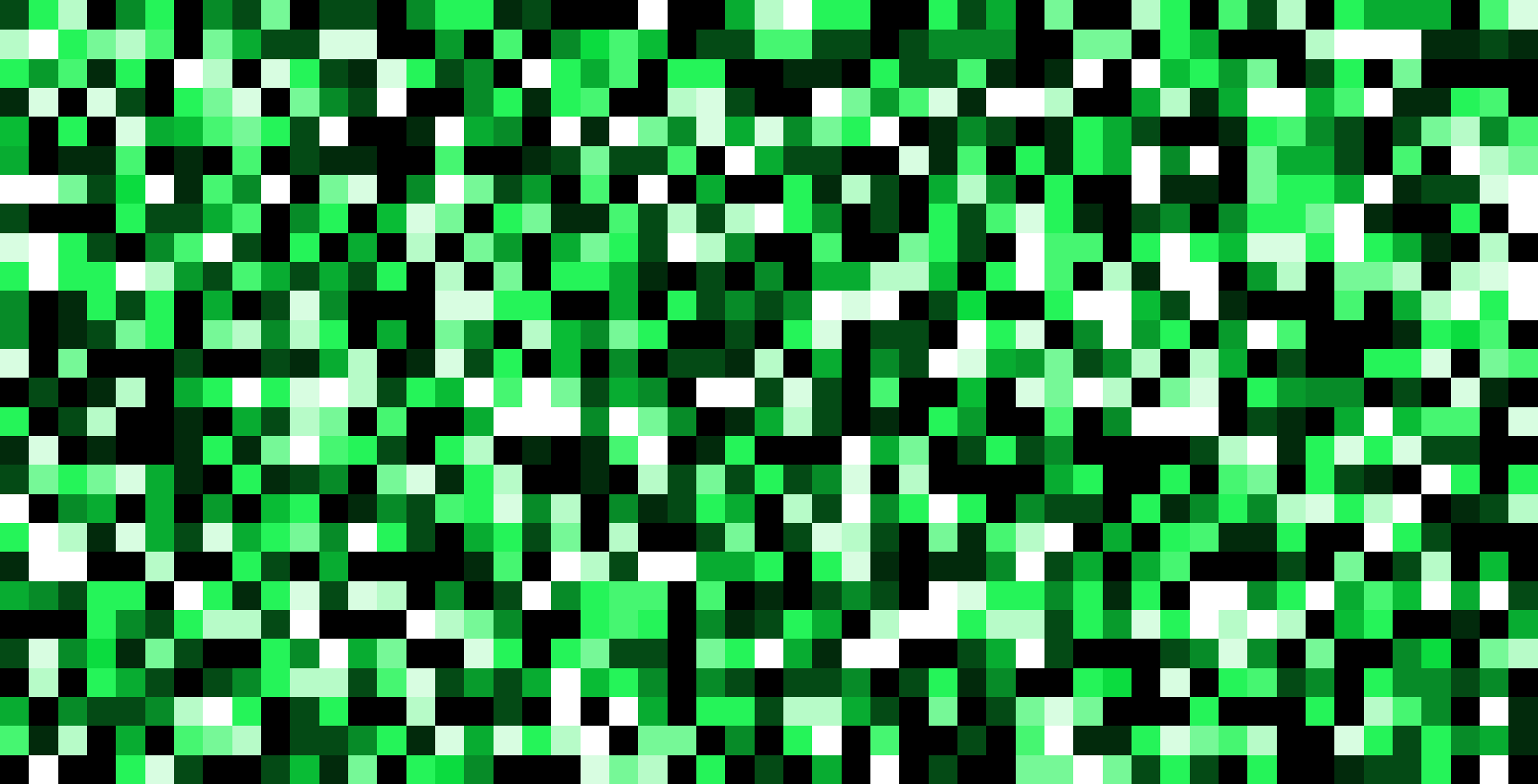THESISONDERWERPEN QUANTUM GROUP

A Haagerup phase diagram
Topic: Condensed Matter Theory
Promoter(s): Jacob Bridgeman, Frank Verstraete
Supervisor(s): Bram Vancraeynest, Jacob Bridgeman, Kevin Vervoort
Context
One of the most important and exciting goals of theoretical physics is to construct lattice models that exhibit quantum phase transitions. In the infrared limit these critical points can be modelled with so called conformal field theories (CFT). Nevertheless, simulating such systems remains a formidable challenge. Tensor networks provide a handle on this problem by efficiently parametrizing the rich low-energy Hilbert space of these many-body systems efficiently. [1] These tensor network states can then be optimized on a computer using the vast numerical toolbox that has been developed in our research group. [2]
An advantage of tensor network methods is that all of the relevant symmetries can be imposed directly in numerical algorithms, resulting in drastic computational improvements. In this thesis the student will study tensor networks with symmetries described by the so called Haagerup fusion categories. Recently, numerical evidence has been provided that such tensor networks can be used to construct very exotic critical lattice models. [3,4] These lattice models are in their infrared limit arguably described by the conjectured Haagerup conformal field theory. This has sparked a keen interest from many different communities.
However, this conformal field theory remains highly elusive and is still poorly understood. In this project we will try to close in on the nature of the Haagerup CFT using tensor network methods.

Goal
The goal of this project is to numerically investigate lattice models constructed from the Haagerup categories using symmetric tensor networks. Any progress in this direction would be very valuable for the scientific community.
The student would first familiarize themself with the Haagerup fusion categories, and the symmetric tensor network toolbox that we have developed. From there multiple interesting and concrete routes can be pursued. One suggested project is to construct the entire phase diagram of the model proposed in [3,4], thereby shedding light on the physics of this model. Preliminary results are promising. Also a more theoretical investigation can be carried out. The project can definitely be tailored to the student’s interests and wishes.
The project will be carried out in an international research environment. This project is well suited for students with a keen interest in mathematical physics and numerical simulations. However, a background in category theory or tensor networks is not required.
[1] J. I. Cirac, D. Pérez-García, N. Schuch, F. Verstraete, arXiv:2011.12127
[2] Software page
[3] R. Vanhove, et al., arXiv:2110.03532
[4] T.C. Huang, et al., arXiv:2110.03008